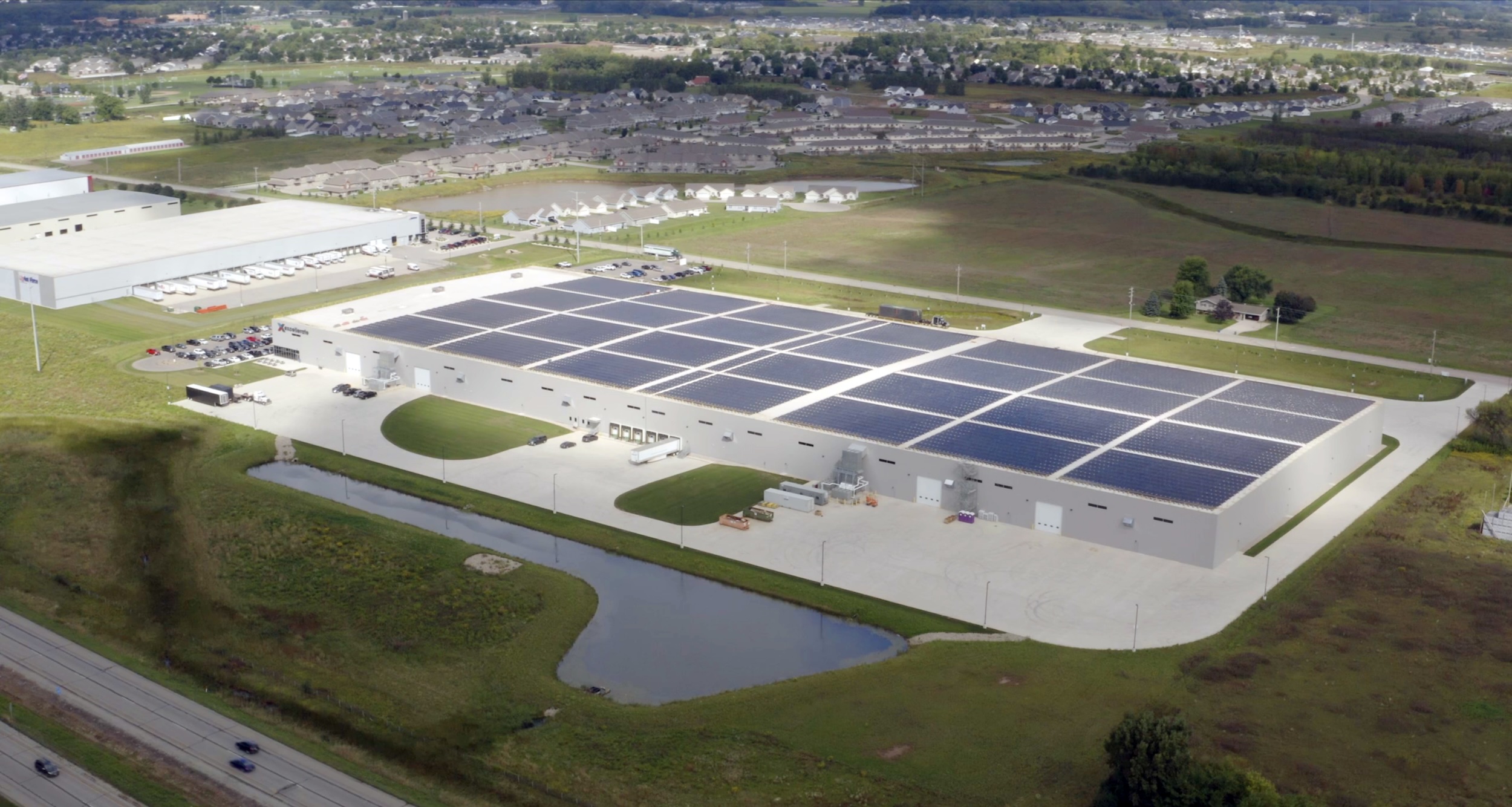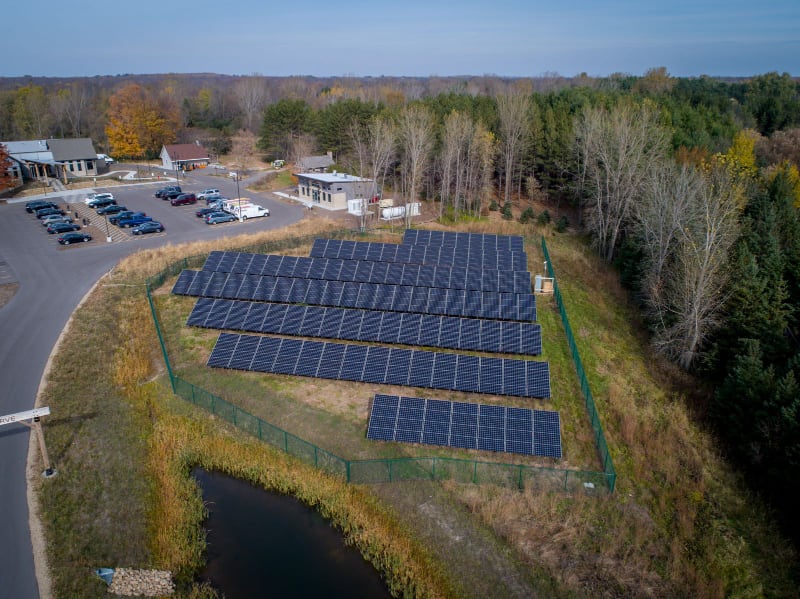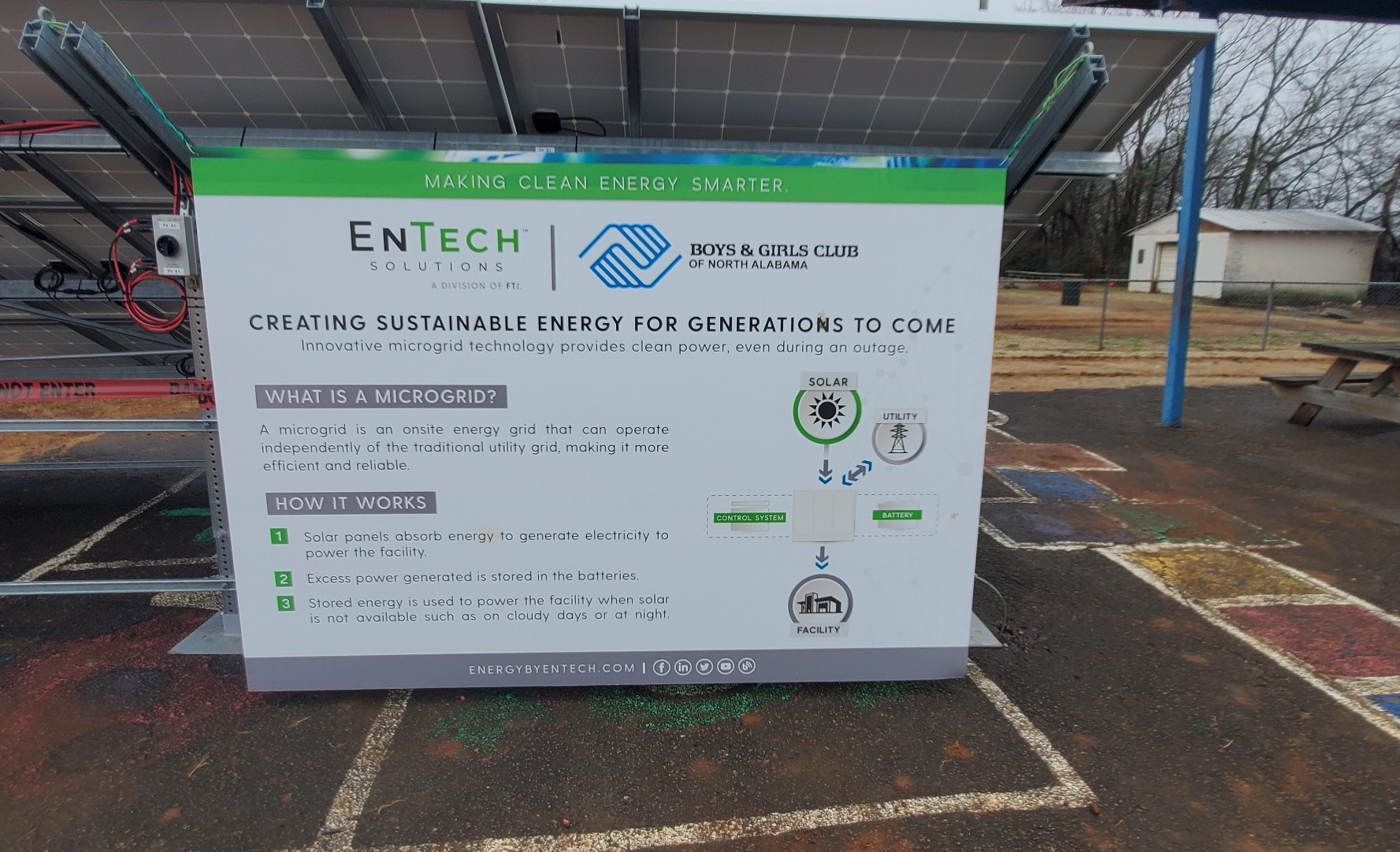
At FTI, we love a good energy challenge. Modeling renewable energy systems is a challenge that is highly data intensive, and there are many important reasons for the rigorous data reviews that we perform.
On our Path to Smarter Energy™, we begin by transforming our clients’ energy data into a visual format. This initial step is not a one-time occurrence but is repeated before and after each subsequent stage of the PTSE. As we progress through the four steps, we do a thorough review of not only the client’s energy data but also additional information to provide comprehensive recommendations to develop and optimize energy solutions.
 The image to the right shows how proposed renewable energy options would be applied to a client’s energy usage, based on simulated data and the microgrid’s logic.
The image to the right shows how proposed renewable energy options would be applied to a client’s energy usage, based on simulated data and the microgrid’s logic.
While a client’s electrical energy data serves as a valuable starting point, the specific needs and goals of each organization may require additional data points. Some businesses are actively undertaking decarbonization and electrification journeys, relying on our expertise to develop a roadmap for achieving their goals. In such cases, we look at the entirety of their energy profile, including information on fuel and electricity consumption within their facility. If decarbonization is the goal, we work to understand the metrics they utilize to calculate emissions and establish the baseline against which their goals are set.
Utility bills play a critical role in determining the financial impact of implementing a renewable energy system. Virtually every solution we explore requires a thorough understanding of the financial benefits it can offer. By analyzing a client’s utility bills, we gain insights into their energy provider, billing structure and any custom negotiated rates. This information is instrumental in assessing the feasibility and financial viability of different renewable energy solutions.
Location is a key factor in any project involving renewable energy. It not only determines the physical space available for system installation but also provides historical weather data. Various renewable energy sources, such as solar and wind, exhibit significant variations based on their geographical location within the country. For example, solar energy production can double in the southeastern region compared to the same system installed near the northern border. Understanding the geographic location is crucial for accurate modeling and optimal system design.
Once we gather the necessary data from the client, our energy modeling team engages directly with the utility to determine interconnection requirements and billing arrangements for integrating renewable energy systems. This step is often time-consuming, but it yields valuable information that helps establish system size thresholds. With this knowledge, we can identify various options that meet the goals of the client while staying within certain restraints. Some of these restraints include:
- Physical space availability.
- Thresholds for parallel generation billing options.
- Client goals along with the provided data.
- Requirements related to tax incentives, grants and depreciation.
This step produces multiple options and boundaries for a proposed renewable energy system, then the cost of each option is priced out. Our modeling team collaborates with the estimation team, electrical engineering team and project managers to accurately estimate the path to construction and establish a final price. Subsequently, we work closely with our grants and incentives team to identify all applicable financial incentives that can be applied to the project.
At this stage, the modeling team has available a range of system sizes, their corresponding prices and a comprehensive overview of the available incentives. The next step involves optimizing the system to achieve the best possible financial return, while ensuring it aligns with the client’s goals and remains technically feasible. Employing a combination of tools, including our Energy DNA™ modeling software, along with the experience of our team, we refine our recommendations to present options to the client that encompass the most advantageous configurations and financial structures tailored to their specific needs and objectives.
At FTI, we help our clients make the best possible decisions for their energy solutions with a combination of data, tools and our team’s expertise. If you are in need of an energy expert, reach out to us today!
If you enjoyed this blog article, please subscribe to stay up to date on the latest industry news from our experts at FTI.










